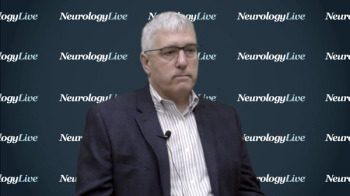
The director of the adult epilepsy center at Washington University in St. Louis discussed the takeaways for clinicians regarding the use of intranasal diazepam as a treatment for runs of seizures in patients with refractory epilepsy.

The director of the adult epilepsy center at Washington University in St. Louis discussed the takeaways for clinicians regarding the use of intranasal diazepam as a treatment for runs of seizures in patients with refractory epilepsy.
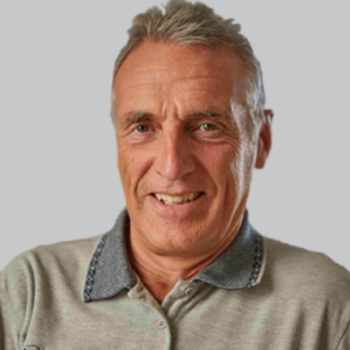
Impel NeuroPharma's nasal dihydroergotamine mesylate acute migraine therapy INP104 has shown excellent pharmacokinetic data, and is set to be assessed in a 24-week trial with a planned 28-week extension.
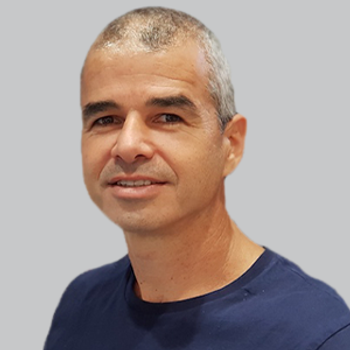
The director of the Sagol Center for Hyperbaric Medicine and Research spoke about how hyperbaric oxygen therapy may offer new hope in improving cognition in patients who have had a stroke.
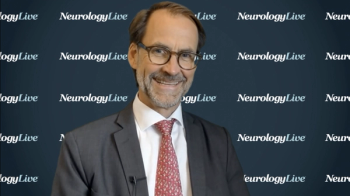
The professor and senior physician in the department of clinical neuroscience at the Karolinska Institutet spoke to the aspects of MS—such as brain volume loss—which are not currently being addressed by the available disease-modifying therapies.

According to new data from STRIVE, 75.4% of those treated with natalizumab achieved overall No Evidence of Disease Activity status by year 4, and no patients had incidence of progressive multifocal leukoencephalopathy.

Montefiore Health System will also be working with The American Journal for Managed Care.
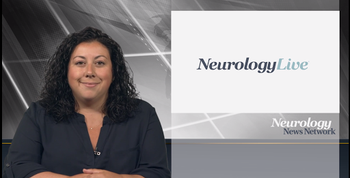
Neurology News Network for the week ending September 14, 2019.
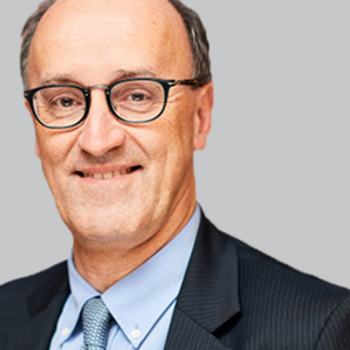
After showing significant benefits in delayed disease progression in patients with secondary progressive MS, new data suggests siponimod can delay the time to wheelchair dependence by 4 years.
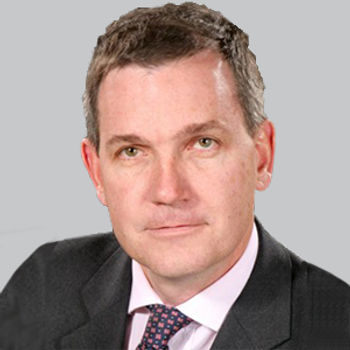
Nearly 87% of patients enrolled in the phase 3b CASTING study had no evidence of disease activity following treatment with ocrelizumab after having an inadequate response to prior DMTs.
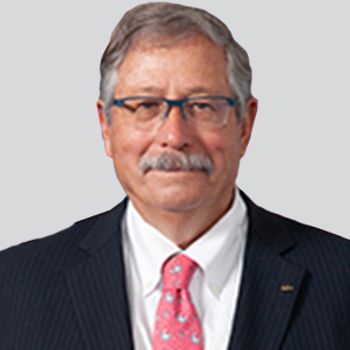
The phase 3 clinical trial program included 2 identical, multicenter, double-blind, and placebo-controlled trials of the BACE inhibitor intended for the treatment of early Alzheimer disease.
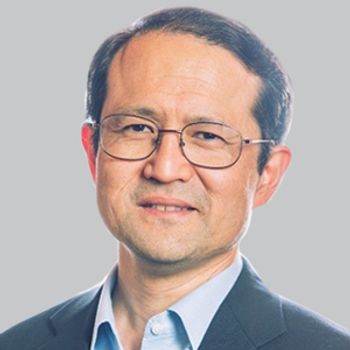
The global head of neuroimmunology at Genentech spoke about the wealth of data being presented on its anti-CD20 monoclonal antibody ocrelizumab, as well as the success thus far in trials of its NMOSD agent, satralizumab.
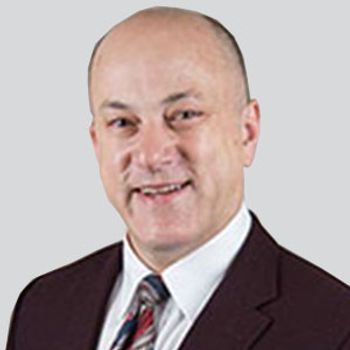
Study coauthor and professor of neurology and ophthalmology at the University of Colorado provides insight into phase 3 study results of satralizumab, presented at ECTRIMS 2019.
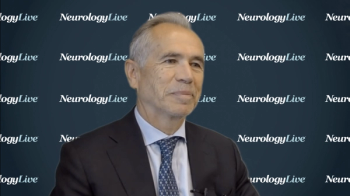
The professor of epidemiology and nutrition at Harvard TH Chan School of Public Health discussed what might be an optimal dose of vitamin D supplementation in MS, and how vitamin D deficiency should be addressed as a modifiable risk factor.
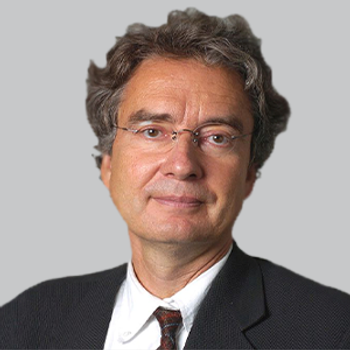
New phase 3 data from the OPTIMUM head-to-head trial show that 20-mg ponesimod resulted in a significantly lower annualized relapse rate in adults with multiple sclerosis compared to 14-mg teriflunomide at 108 weeks.

The humanized monoclonal antibody was particularly effective in patients who were seropositive for aquaporin-4 autoantibodies.
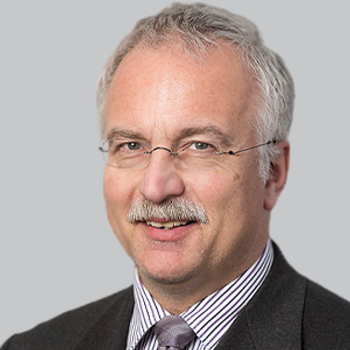
New decade-long data have suggested that multiple sclerosis treatment with dimethyl fumarate is associated with stable EDSS scores ≤3, and a low number of patients with confirmed disability progression.
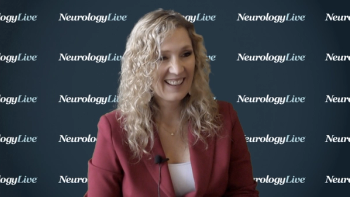
The professor of medicine, neurology, at the University of Toronto discussed the need for physicians to work together while transitioning patients with epilepsy—who may have any number of comorbidities—from pediatric care to adult care.
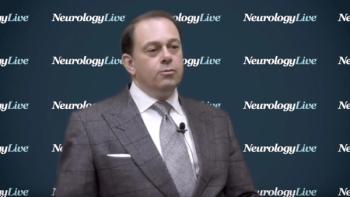
The clinical research director of the UCSF Multiple Sclerosis Center discusses recent data on siponimod and its impact on cognitive measures in patients with secondary progressive MS, as well as results of the 3-arm ASSESS study comparing low-dose fingolimod and glatiramer acetate.

New data from clinical trials of ocrelizumab showed that the anti-CD20+ B cell therapy lowered serum NfL levels, and that the NfL levels offered prognostic value for disease progression in MS.
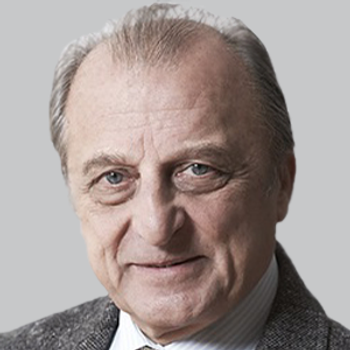
Data from the phase 3 SUNBEAM trial of the sphingosine 1-phosphate receptor modulator have suggested that the Celgene treatment lowers annualized relapse rates and reduces the rate of cortical gray matter loss, improving cognition measures, compared to IFN-ß1a.

The director of the adult epilepsy center at Washington University in St. Louis spoke about the use of diazepam nasal spray in patients with epilepsy ­and detailed the advantages it offers these patients and their physicians.
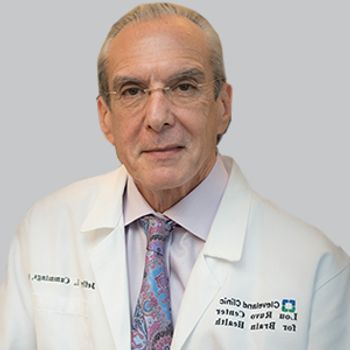
The drug is currently approved for the treatment of Parkinson disease-related psychosis, and is also being explored in schizophrenia and major depressive disorder.

The guidelines recommend that patients with MS receive their recommended vaccines, including that for yearly influenza. Additionally, they noted that no evidence exists that suggests vaccination increases the risk of MS exacerbation.
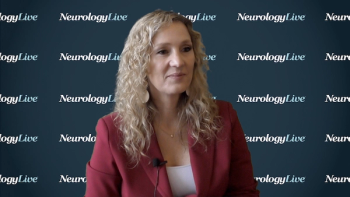
The professor of medicine, neurology, at the University of Toronto spoke to the hurdles faced by both pediatric and adult neurologists when transitioning a patient with epilepsy from childhood care to adult care.

Ra Pharmaceuticals’ macrocyclic peptide inhibitor of complement component 5 is expected to enter phase 3 of its development in the latter half of 2019 after success in a phase 2 trial of its potential in myasthenia gravis.

The confirmatory phase 2 study by Neurotrope sought to assess the safety, efficacy, and tolerability of intravenous Bryostatin-1 20µg in 108 participants with AD who were not taking memantine.
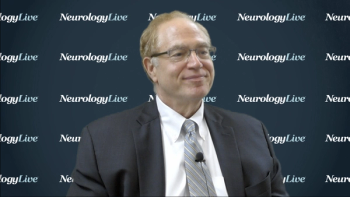
The director of the Montefiore Headache Center will provide further insight into migraine care at the 1st Annual International Congress on the Future of Neurology, to be held September 27-28 in New York City.
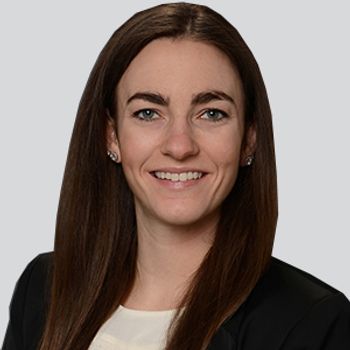
A boy diagnosed with glycine encephalopathy in the newborn period was initiated on the ketogenic diet at 11 years-old for the treatment of medication refractory epilepsy.

The founder and CEO of NeuroEM Therapeutics discussed the potential of transcranial electromagnetic treatment and shared insight into the advantages it may hold over the traditional treatment route.
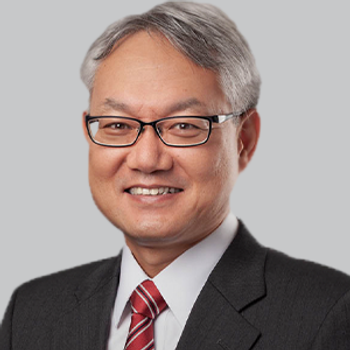
The study, expected to complete in early 2021, will measure change from baseline in daily on time without troublesome dyskinesia. The study design will be presented at the International Congress of Parkinson's Disease and Movement Disorders.